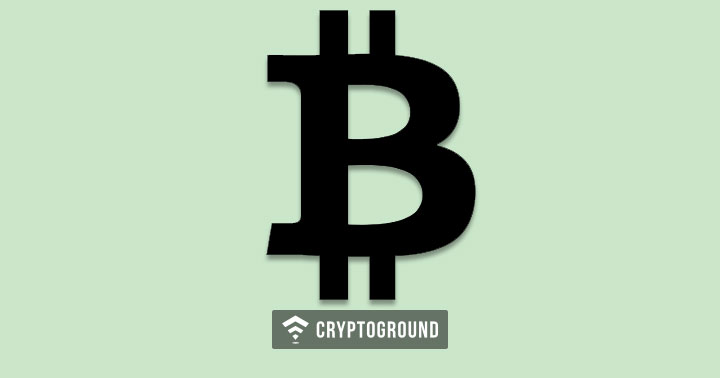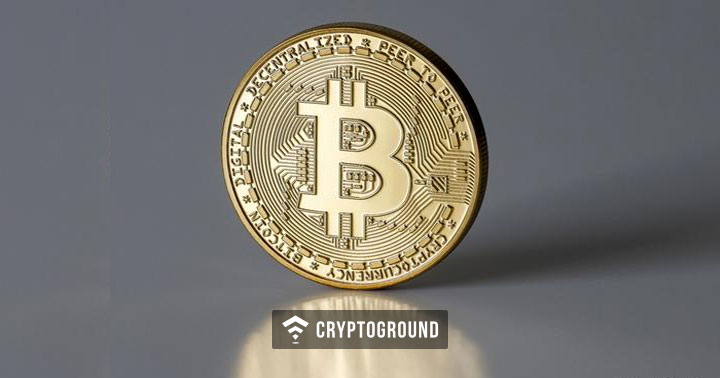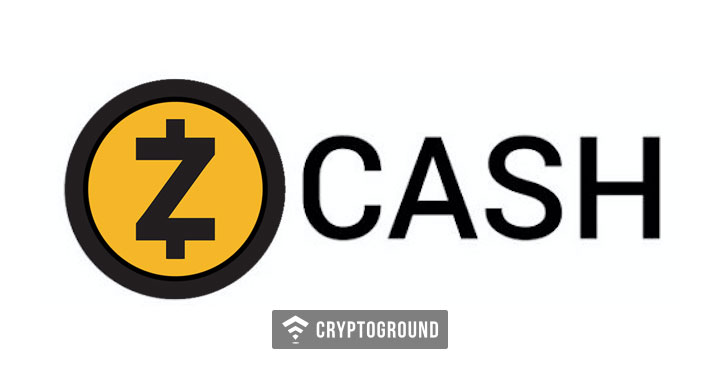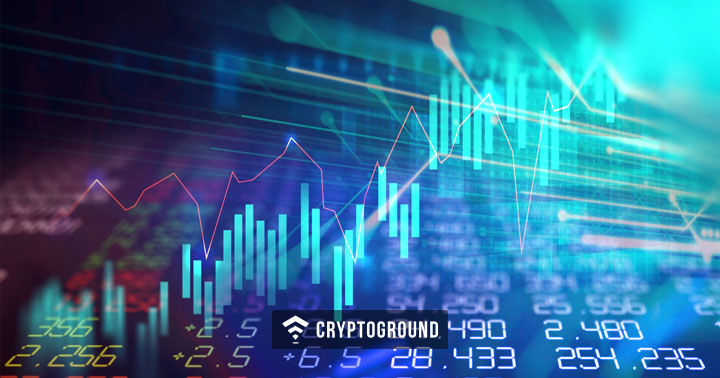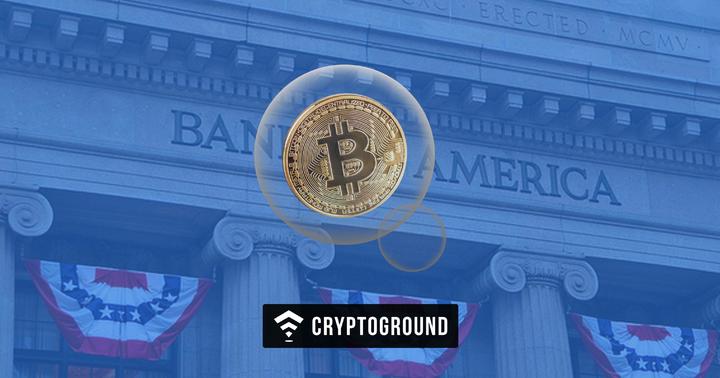Ignoring pretty much every piece of information outside of Bitcoin’s chart, a team from Bank of America Merrill Lynch (BAML) researchers are arguing that bitcoin is one of the most significant asset price bubbles in history. Bank of America released a note on this Sunday where the team members went so far as to claim the current market, which has seen a 60 percent correction as of now, in 2017, like a bubble that is already popping.
The team led by chief investment strategist Michael Hartnett published a chart comparing great financial manias like Dutch tulip bubble in 1637, the U.S. stock market in 1929, the Mississippi Company and South Sea Company in the 18th century and gold with Bitcoin.
This published chart exhibits that the bitcoin bubble has the greatest asset price appreciation by a significant margin. At its peak in 2017, the price of bitcoin was nearly 60 times more than what it had been three years ago. As per the research, the Dutch tulip prices only rose by a factor of around 40 times. As per the reports, the price of bitcoin peaked at $19,783 at the end of 2017. While, at the time of writing, it trades at $6,896.
The chart in BAML's note is clearly attesting the aftermath of famous historical bubbles as well as their run-up, indicating that once prices crashes, they remain at their new, lower levels. But so far, the same has not proved true for bitcoin. The recent bitcoin bubble is not history's - or even bitcoin's - greatest bubble as the price of bitcoin escalated up 120-fold in 2010 and 2011, to around $11, before crashing. Its rise in 2013 and 2014 was also much steeper than the recent bull market. The note also stated that comparisons between the 2017 bubble and previous ones were unfair. This is particularly true because the 2017-2018 bubble had more capital invested in the market than either 2010-2011 or 2013-2014.
The same factor complicates comparisons between bitcoin and the stock market. For instance, in August 1929, the New York Stock Exchange's listings were worth well over $1 trillion, later adjusted for inflation.

